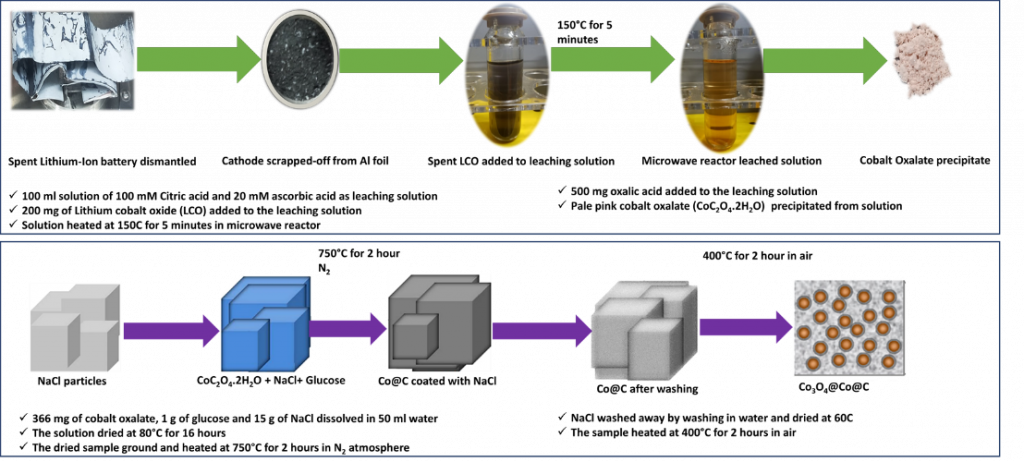
Energy Storage Technologies
Advancing sustainable and high-performance energy storage systems is essential for powering electric vehicles, portable electronics, and renewable energy systems critical for a carbon-neutral future.
Our lab focuses on innovative energy storage solutions for sodium and lithium systems, targeting enhanced battery performance and sustainability.
Metal Batteries
Fabricating Na/Li metal batteries with zero excess metal significantly improves energy density. However, overcoming challenges like non-uniform metal deposition is critical. We are addressing this by:
Sodium-ion batteries (NIBs)
We are advancing sodium-ion battery technology by exploring innovative anode and cathode materials to enhance cycling stability and efficiency. Our efforts include:
Solid-State Metal Batteries
Solid-state metal batteries represent the future of battery technology, offering improved safety and energy density. However, challenges remain in integrating solid electrolytes with metal electrodes. Our research focuses on:

Dual-Ion Batteries (DIBs)
Graphite-graphite dual-ion batteries offer high operating voltage and cost-effectiveness by eliminating expensive metal electrodes. This innovative battery architecture features:

Recycling Lithium-Ion Batteries
Mitigating battery waste is as vital as developing new materials. We are exploring sustainable methods to repurpose spent lithium-ion batteries, particularly for use in dual-ion and lithium-ion batteries:
